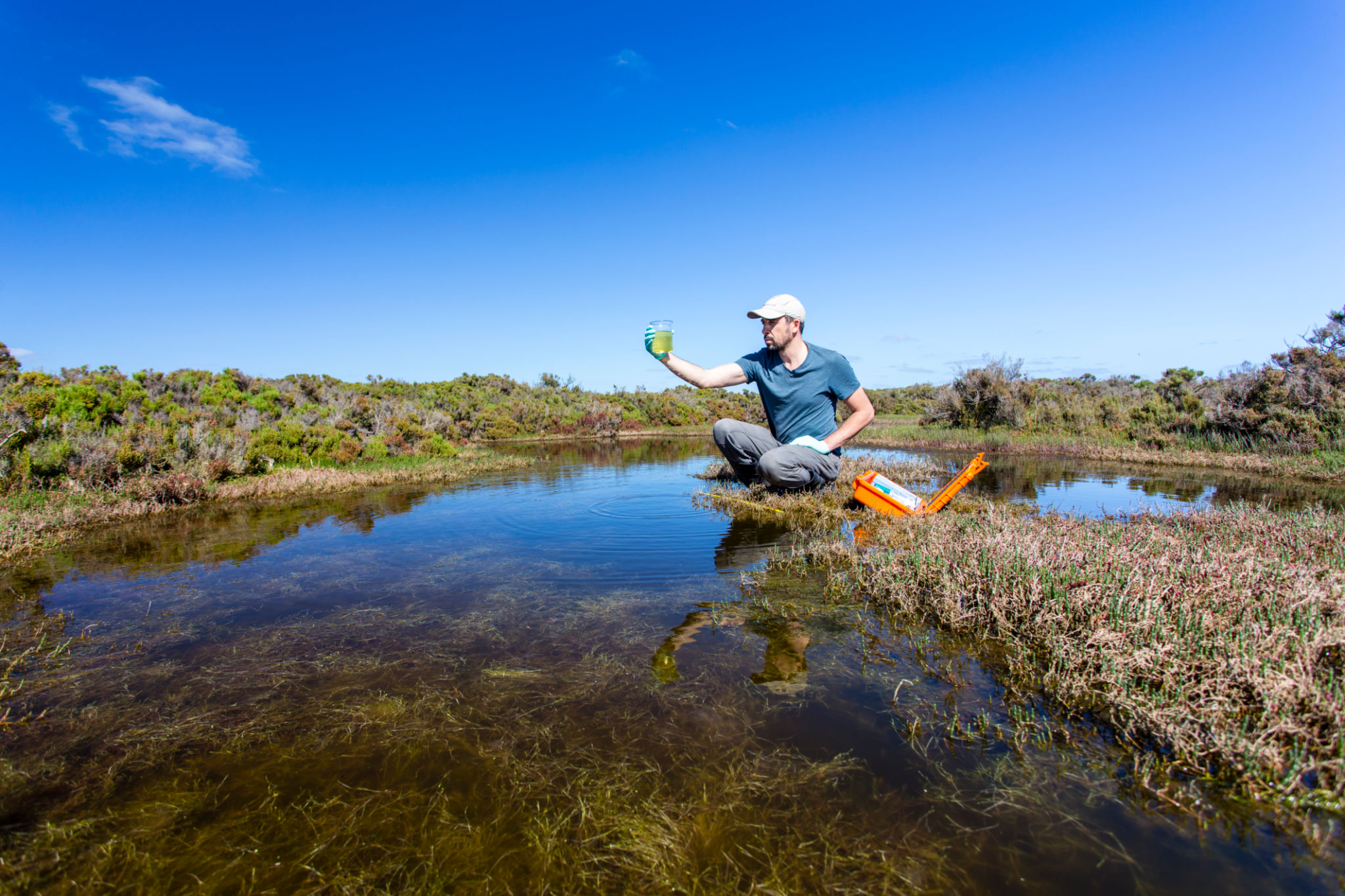Effective PFAS Management Strategies for Walton County
Understanding PFAS and Their Impact
Per- and polyfluoroalkyl substances (PFAS) are a group of man-made chemicals that have been used in various industries around the world since the 1940s. Known for their resistance to water, oil, and heat, PFAS have been incorporated into products like firefighting foams, non-stick cookware, and water-repellent fabrics. However, these chemicals have been linked to adverse health effects, necessitating effective management strategies, especially in regions like Walton County.
PFAS are often referred to as "forever chemicals" because they do not break down easily in the environment. This persistence means they can accumulate in the human body over time, raising concerns about potential health risks such as cancer, liver damage, and immune system disruptions.

Current State of PFAS in Walton County
Walton County is actively addressing PFAS contamination to safeguard its residents and environment. Local authorities have identified several sites with elevated PFAS levels, particularly near industrial areas and firefighting training grounds. Understanding the extent of contamination is crucial for developing targeted management strategies.
To effectively manage PFAS, Walton County has collaborated with environmental agencies and public health experts to monitor and assess contamination levels. This collaboration aims to provide accurate data that informs decision-making processes and helps prioritize remediation efforts.

Strategies for Effective PFAS Management
There are several strategies that Walton County is implementing to manage PFAS contamination effectively:
- Regular Monitoring: Continuous testing of water supplies and soil ensures that any changes in PFAS levels are detected early.
- Public Awareness Campaigns: Educating the community about PFAS and safe practices can help reduce exposure risks.
- Policy Development: Implementing strict regulations on industries using PFAS-containing materials can prevent further contamination.
Moreover, the county is considering advanced filtration technologies to remove PFAS from contaminated water sources. These technologies include activated carbon filters and ion exchange resins that have shown effectiveness in reducing PFAS concentrations significantly.

Community Involvement and Education
Community involvement is a cornerstone of Walton County's PFAS management strategy. By engaging residents through public forums and workshops, local authorities aim to foster a collaborative approach to addressing contamination issues. Empowering residents with information enables them to make informed decisions about their health and safety.
Educational initiatives are also being rolled out in schools and community centers, focusing on the science behind PFAS and practical steps that individuals can take to minimize exposure. These programs highlight the importance of proper disposal practices for products containing PFAS and encourage participation in local environmental protection efforts.
The Path Forward
Walton County's commitment to managing PFAS contamination reflects a broader movement towards sustainable environmental practices. By prioritizing public health and safety through comprehensive strategies, the county sets a precedent for other regions grappling with similar challenges.
Continued research and innovation will be crucial as Walton County explores new methods for PFAS remediation and prevention. As technology advances, so does the potential for more efficient and cost-effective solutions that benefit both the environment and the community.

In conclusion, effective PFAS management requires a holistic approach that encompasses monitoring, community involvement, policy development, and technological innovation. Walton County's proactive measures serve as an inspiring model for others striving to tackle the complex issue of PFAS contamination.